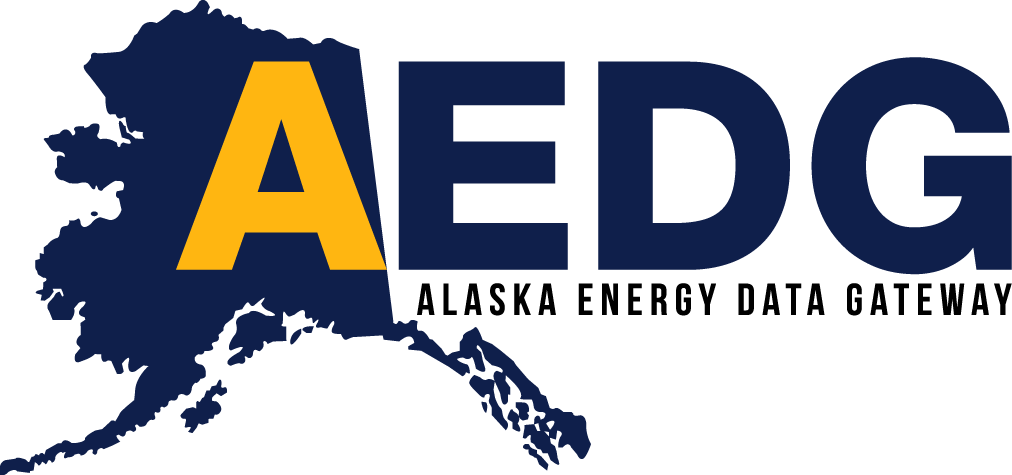5 Relations
Domain-defined ways that entities relate to each other in the Alaska Community Ontology
Relations can be hierarchical (taxonomy) or could form a network or graph (semantic web) of the various entities. These are based on domain specific rules (Axioms), and that defines an ontology. Relations enable AI to infer new information without people having to explicitly define everything.
- Relations are the edges in a graph.
- In a relational database, Relations can be encoded using a lookup table with a combination of foreign keys.
5.1 Applicable Standards
- ST_Contains
- ST_Crosses
- ST_Disjoint
- ST_Equals
- ST_Intersects
- ST_Overlaps
- ST_Relate
- ST_Touches
- ST_Within
GeoSPARQL - same except for Relate
- geor:sfContains
- geor:sfCrosses
- geor:sfDisjoint
- geor:sfEquals
- geor:sfIntersects
- geor:sfOverlaps
- geor:sfTouches
- geor:sfWithin
OBO Relations Ontology “is a collection of OWL relations (ObjectProperties) intended for use across a wide variety of biological ontologies.” It is a foundational element of the Open Energy Ontology. In the OEO Terminology Service, only one instance of RO usage could be found: is homeomorphic for which has a mathematical definition involving sets.
5.2 Relations
5.2.1 Spatial Relations
Most relationships can be established dynamically through spatial relations. We do not need to have a lookup table of Communities in Boroughs, say, because we can select all the Community points that the Borough CONTAINS. The primary relationships are sketched out on the Classes pages, but the combinations are really unlimited.
5.2.2 Lookup Tables
Some classes are legal or corporate entities and so do not have an intrinsic spatial component. But they serve other entities that do have a spatial component, so we will use look-up tables to attach spatial info to them.
Table names are very specific so that they describe the exact relationship between the entities. This will self-document the queries when those are written.
